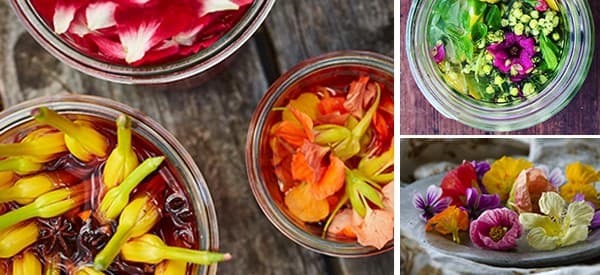
10 Flowers You Did Not Know You Can Pickle
Flowers do not only look good as bouquets. Over the years, they are also gaining popularity in food preparation and decoration. While they are commonly used to add an aesthetic appeal to dishes, did you know that you can also preserve their edibility?
Pickling flower petals is a thing that not many people may know. And among the innumerable blooms, roses are not the only flowers you can preserve. All edible flowers are good enough for pickling, and each has its distinct taste that goes well with other food.
How to Pickle Flowers
A pickled flower is quick and an easy thing to do but needs quite some patience. You must wait a few weeks to allow the flavor to intensify as it ferments before you can use it.
Ingredients
- 1 cup edible flower buds or petals
- 1 cup light vinegar (rice, apple cider, or white wine vinegar)
- 1 tbsp sea salt
- 1 tbsp sugar (or honey)
Procedure
- Rinse the flowers and pat them dry carefully to avoid bruising the petals.
- Simmer vinegar, sugar, and salt until dissolved. Let the brining solution cool down.
- Fill a mason jar with the flowers then pour in the brine and cover it tightly.
How to Store Pickled Flowers
You can store pickled flowers by letting them sit in a dark place or in the refrigerator for at least a week. Pickled flowers can last for up to a year in the refrigerator. However, they tend to lose their colors over time, and you may want to use them before they do.
10 Flowers You Can Pickle
Wondering what blossoms in the garden or roadside you can pick? Here are 10 of the best-flavored flowers you can actually pickle.
Borage
The dainty, star-shaped flowers of the borage (Borago officinalis) have a taste similar to cucumber. Borage is found almost everywhere in meadows or even in disturbed habitats.
Its leaves and flowers are edible, and the flowers are best harvested before they are fully open.
To harvest borage, snip the flowers with its fluffy stars included, and discard the withered petals. Place them in a bucket of ice water to keep them hydrated and to easily remove the fluffy parts when using them.
Borage is a plant rich in vitamins and minerals that can provide many health benefits. It is a natural remedy for respiratory and digestive problems. Borage is also excellent for neurological problems and many degenerative diseases.
Calendula
Calendula flowers (Calendula officinalis) are an attractive addition to salads giving them a slightly bitter but peppery flavor. Sometimes, they are used as cut flowers but may also end up nicely in pickling jars. Calendula, or common marigold, is abundant in Mediterranean regions and fields with fertile soils.
Fresh calendula blooms are best for pickling, but avoid the flowers that had already dried up and started to seed.
Calendula is a cheery flower that also has benefits in homeopathic medicine. It can lower glucose, treat inflammation, and provide healing activity. Using the plant as medicine can promote healthy skin and inhibit tumor growth.
Camellia
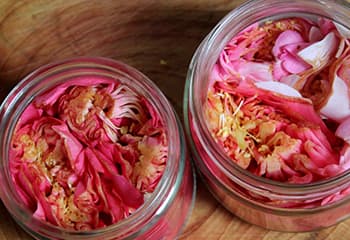
Camellia (Camellia japonica) has delicate spring blossoms that are either orange, pink, red, yellow, or purple.
It was mostly used as a stomachic and anti-inflammatory remedy in traditional medicine.
Camellia flourishes in East and Southern Asia and is popular in Traditional Chinese Medicine (TCM).
Camellia flowers may last up to three weeks and are best harvested before they mature. Harvest the flowers that are blemish-free and process them immediately after picking to preserve their colors.
Cherry Blossom
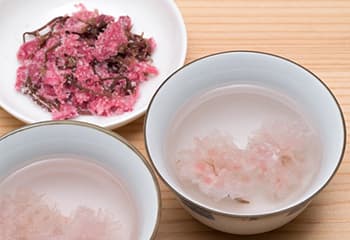 Sakura, or Japan’s famous cherry blossom (Prunus serrulata), also grows edible flowers that can be pickled. Be careful about plucking cherry blossoms on public property, though.
Sakura, or Japan’s famous cherry blossom (Prunus serrulata), also grows edible flowers that can be pickled. Be careful about plucking cherry blossoms on public property, though.
Some laws do not allow plucking the petals directly from the tree out of tradition. For preservation, forage for young buds that are yet to fully open.
To make a traditional sakura pickle, simmer ½ cup water, ½ cup plum vinegar, 2 tbsp sugar, and ½ tsp sea salt. Pour the pickling brine over 1 cup of cherry blossom buds and let it sit in the fridge overnight. Cherry blossom pickles will keep in the fridge for about 2 to 3 weeks.
Cherry blossom provides many health benefits, mostly in skin health and healing inflammation.
Wild Garlic Flower
The buds of wild garlic (Allium ursinum) also make an excellent pickle that gives a bursting flavor.
This bulbous perennial often graces the meadows with its star-shaped flower in late spring.
This plant thrives in the damp shaded woods in Northern Asia and Europe, but is now grown in many places for culinary and ornamental use.
Wild garlic is an excellent herb against fatigue, infection, inflammation, high cholesterol, and high blood pressure. It also treats stomach issues and helps in detoxification.
Daisy
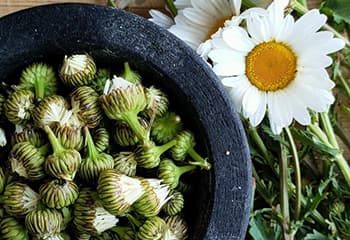 Ox-eye daisy (Leucanthemum vulgare) is a widespread plant with many identical-looking plants but is identifiable with its large flower heads.
Ox-eye daisy (Leucanthemum vulgare) is a widespread plant with many identical-looking plants but is identifiable with its large flower heads.
They commonly thrive in dry prairies, weedy meadows, woodlands, pastures, and wastelands.
Ox-eye daisy is a beautiful ornamental plant that is also used as traditional medicine for internal disorders. It alleviates respiratory problems and manages nervous excitability with its antispasmodic property.
Ox-eye daisy is also a diuretic, emmenagogue, antitussive, tonic, and vulnerary plant. Thus, more than its pretty bloom, it is also a beneficial medicinal plant. Its unopened buds can be pickled and used similar to capers.
Magnolia
Magnolia (Magnolia grandiflora) is a plant that is widely available worldwide and regarded for its medicinal value.
Magnolia grows abundantly in evergreen lowlands of subtropical forests, warm regions, and coastal plains.
In some regions, magnolia flowers are pickled and used as a condiment for their exquisite flavor. Its large and white flowers exude a lemon-citronella aroma.
It can cure many ailments from respiratory, digestive, liver, and neuropsychological issues.
Fennel
Fennel flowers (Foeniculum vulgare) have mild and a slightly licorice-like taste, making them a good herb for pickling.
It is a multipurpose plant and cultivated almost everywhere mainly for food, and often as garnish and sprinkle.
You may pickle young fennel flowers or even if they have turned into seed heads. You may even add its stems if you like an added crunch.
Fennel is one of the prized herbs for treating various digestive and respiratory problems. In women, fennel is used for increasing milk flow and promoting menstrual flow.
Elderflower
Elderberries (Sambucus nigra) are moderately toxic when unripe, except for their flowers that are edible and make a great pickle.
This shrub grows in many places around the world, mostly in wetlands and forest edges.
Freshly harvested elderflowers, or even dried ones, are good enough for pickling. Harvest the creamy flowers when they are fully open and process them immediately after harvesting. The buds are delicate and may bruise and turn brown.
Elderflowers are excellent herbal medicine for sinus infections, colds, and flu. It may also lower cholesterol levels and boost immune function.
Daylily
Daylilies (Hemerocallis fulva) are spring flowers that spur almost everywhere and are too delicate to be considered food. But, its flowers and buds are edible.
You can even preserve them in brine to last the season. Daylilies have a taste similar to green peas and asparagus.
More than just cut flowers and culinary flowers, daylilies are also used in traditional medicine.
Extract of its flower is used as a blood purifier and painkiller in childbirth. It is also a sedative and an excellent antidote for arsenic poisoning.
So yes, strange as it may sound, many flowers have a history of being pickled. It can be a fun way to experiment with adding more wild foods into your diet. Plus working with these pretty blooms is a lovely way to connect to nature.
You may also like:
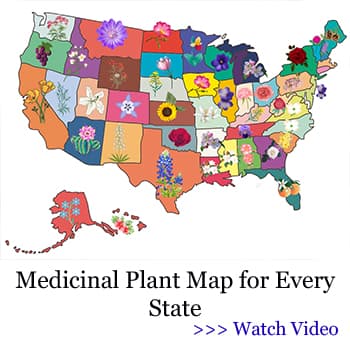 Where to Forage for Free in Your City
Where to Forage for Free in Your City
How to Pickle Meat (5 Years Shelf Life) (Video)
Probiotic Elderflower Kefir Recipe
The Best Flowers to Attract Beneficial Insects to Your Garden

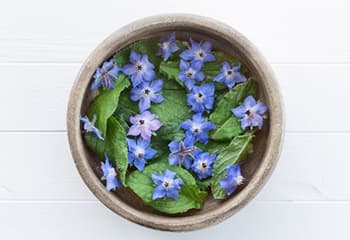
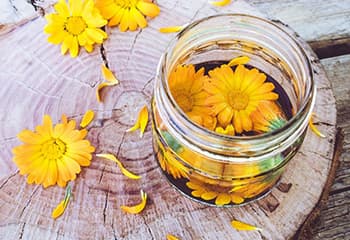
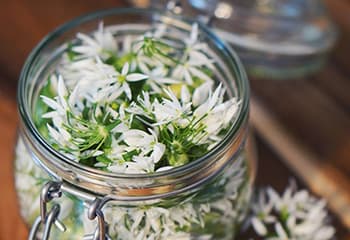
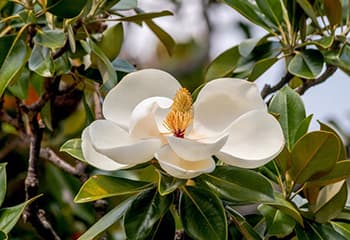
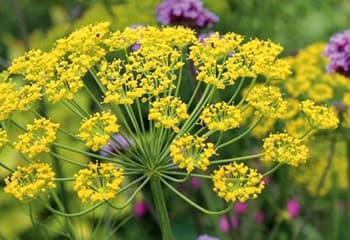
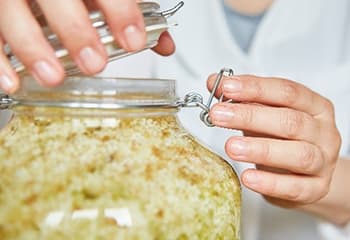
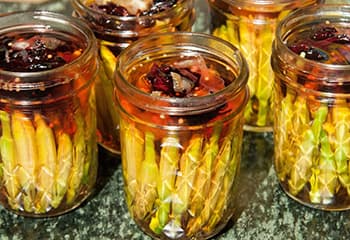
Awesome read n great knowledge
Hi Renata,
Thank you so much for your comment! We are glad to hear you enjoyed the article.
Many blessings and good health!
I have a question about storage. It says in the article you need to let them sit for a few weeks to intensify to ferment flavor, but then it says it can only be storesd for a week. But then it also says it can last for up to a year in the fridge. Can you please clarify how long you can store once you poor brine over. Can you seal them like canning? For longer storage?
Thank you for the article! I really never thought of pickling flowers, but we fry day lillie’s, and eat them raw and on salads! When eaten raw, they remind us of a very mild tasting carrot, and before we eat them we like to pull the filaments out through the bottom of the flower- it is covered with sweet nectar, easy to sip off!
Next year, I will try pickling!!!